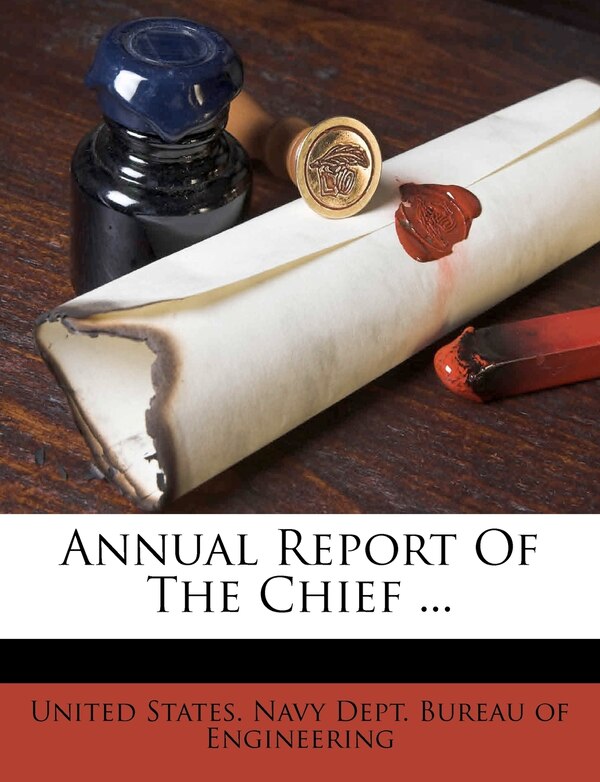Home
An Assessment Of Us Navy Junior Officer Retention 1998-2000 by Kerwin J Lefrere, Paperback | Indigo Chapters

Coles
An Assessment Of Us Navy Junior Officer Retention 1998-2000 by Kerwin J Lefrere, Paperback | Indigo Chapters
From Kerwin J Lefrere
Current price: $60.51
Loading Inventory...
Size: 0.09 x 9.69 x 0.21
*Product information may vary - to confirm product availability, pricing, and additional information please contact Coles
The purpose of this study was to determine the primary causes of U. S. Navy retention problems with its junior officers from 1998 to 2000. An analysis of data on operational tempo and retention was conducted which revealed no direct correlation between increased optempo and decreased retention. The study focuses on the four sea-going officer communities, Surface Warfare Officers, Aviators, Naval Flight Officers, and Submariners. After the demise of the Soviet Union and the end of the Cold War, the Department of Defense began a downsizing effort across all services. From 1990 to 1997, the Navy's officer corps shrank from 77, 000 to 53, 000 officers as a result of Department of Defense downsizing mandates. At the time, Navy leaders were not concerned with retention because they had to meet their new end strength goals, but in 1997, officer manning dropped to dangerous levels. The Navy realized that it had a serious retention problem; Too many junior officers were getting out. Navy leaders had to do something to stem the exodus, or the Navy would be in serious jeopardy of not being able to man its ships, aircraft, and submarines at the mid-grade officer, department head level. Without these officers to fill the critical sea-going billets, the Navy could find that it may not be able to fulfill its commitments around the world. | An Assessment Of Us Navy Junior Officer Retention 1998-2000 by Kerwin J Lefrere, Paperback | Indigo Chapters





















